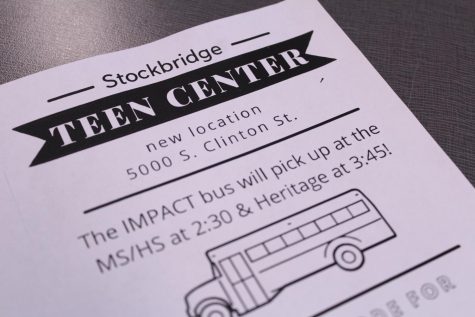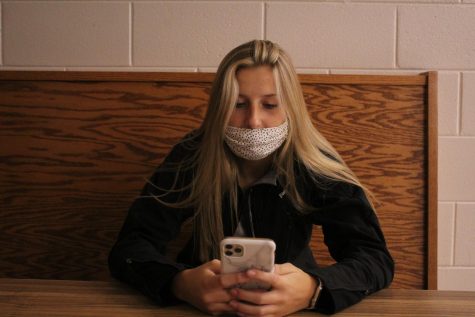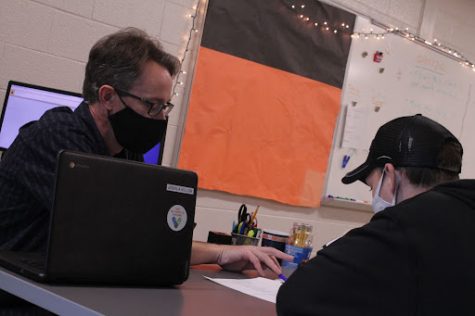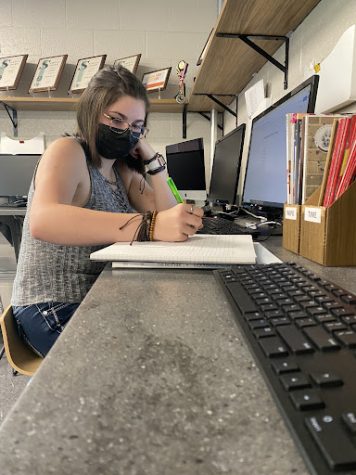Rx| Diagnosis: Anxiety. Prescription: Motivation. Individual dosage as needed.
A feeling of nervousness, maybe in an imminent event or around people in general, is commonly defined as anxiety.
This feeling takes away from who a young person can become.
Students do not always realize the fact that it is okay to differ from other people; being unique and personable is better than being unrealistic and missing out on being happy with who they are.
Anxiety creeps in any chance that it gets, leaving a sense of darkness within a student’s mind. According to the Anxiety and Depression Association of America (ADAA) website, “It’s not uncommon for someone with an anxiety disorder to also suffer from depression or vice versa. Nearly one-half of those diagnosed with depression are also diagnosed with an anxiety disorder.”
After 14 years of being an English teacher and five years of being a testing coordinator within the school, Jessica Martell noticed the rise of anxiety among students as the access to technology increased.
“So whether it’s social information they might be getting from their cell phones, or even the workload that teachers are capable of expecting from students now, because we have chromebooks, they’re just constantly being bombarded. I think that technology plays a huge role on the level of anxiety among teenagers,” Martell said.
Apprehension can engulf anyone during many different times throughout the day, and our students are no exception. A poll of 17 percent of the student body indicates that 71.9 percent of students in grades 9 through 12 believe they do have anxiety.
In order for these percentages to go down, students must figure out how to break past the drowning energy and become more personable with people including themselves. However, they must determine what it really is that makes them feel anxious the most, and how they can solve it.
Our school social worker John Twining thinks that students tend to feel the most anxiety when they feel like they can’t meet up to the expectations and pressures for all of the things they have to do.
“Between balancing home life, work, and all the various other things they have to do and the lack of experience in doing it.” Twining said. “Breaking down the problem into sizable solutions, taking each piece by itself and coming up with a solution for that one thing, is very helpful.”
One remedy he recommends for immediate use is for students to “try to maintain a positive view of their problems.”
That’s a medicine that is pretty easy to swallow.








